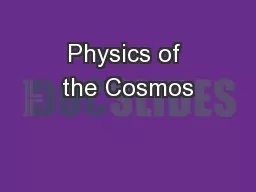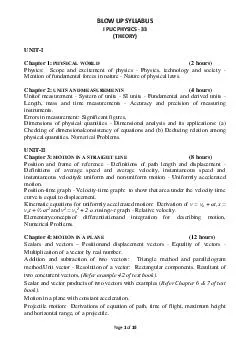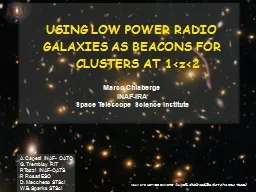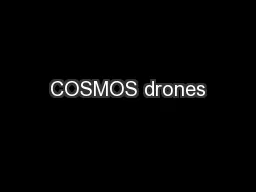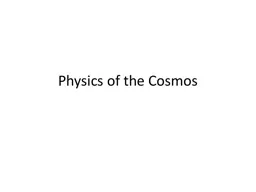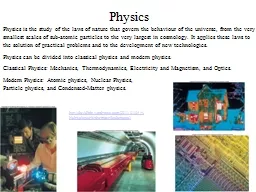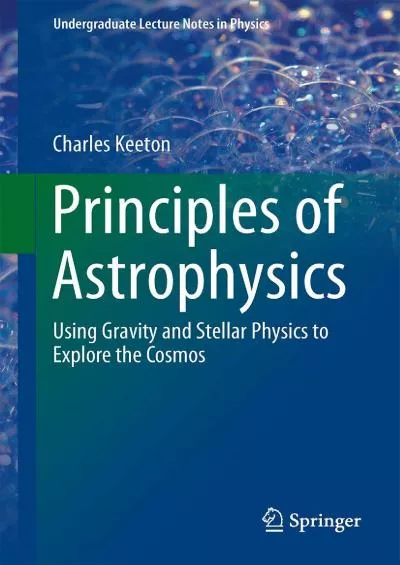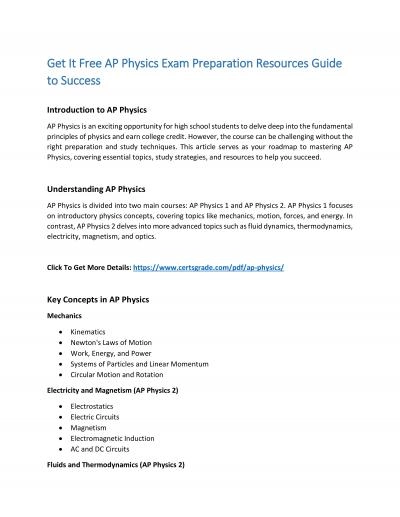PPT-Physics of the Cosmos
Author : tatyana-admore | Published Date : 2015-11-15
Secs 371373 Reminders Lab D1LFA Light from Atoms due Friday 4 this will be the last lab for the semester Inclass Quiz 6 Thursday November 20 Keep reschedule
Presentation Embed Code
Download Presentation
Download Presentation The PPT/PDF document "Physics of the Cosmos" is the property of its rightful owner. Permission is granted to download and print the materials on this website for personal, non-commercial use only, and to display it on your personal computer provided you do not modify the materials and that you retain all copyright notices contained in the materials. By downloading content from our website, you accept the terms of this agreement.
Physics of the Cosmos: Transcript
Download Rules Of Document
"Physics of the Cosmos"The content belongs to its owner. You may download and print it for personal use, without modification, and keep all copyright notices. By downloading, you agree to these terms.
Related Documents

